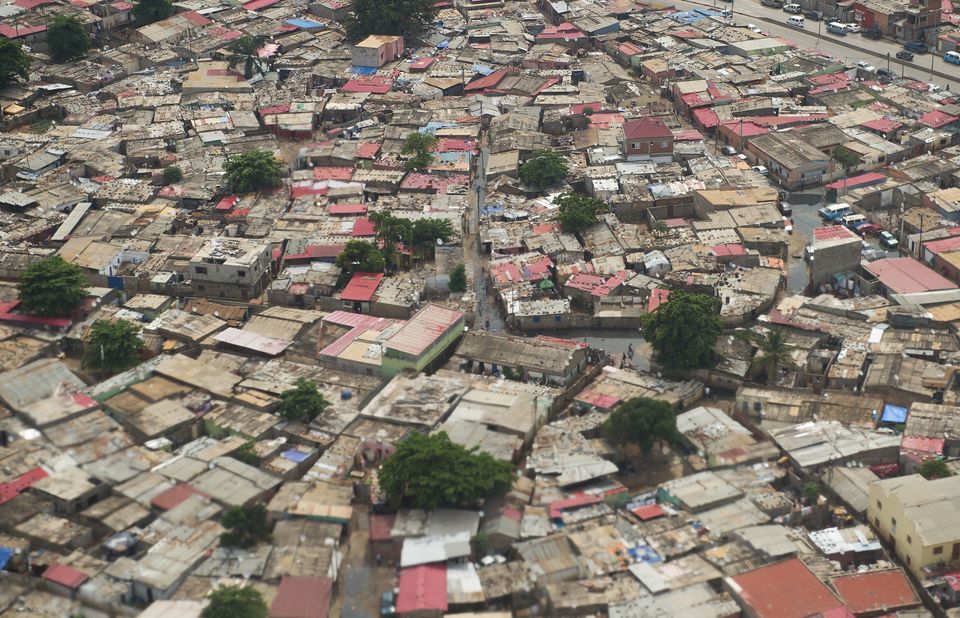
After sliding for four consecutive years, the United States moved up two places for the second year in a row in the World Economic Forum’s competitiveness rankings, from fifth last year to third in 2014. A combination of factors, including improving business sophistication and institutional frameworks, helped the U.S. improve, despite perceptions of inefficient government and a weak macroeconomic environment.
The WEF’s Global Competitiveness Report defines competitiveness as the “set of institutions, policies, and factors that determine the level of productivity of a country.” In order to assess competitiveness, the WEF divided the 144 nations it surveyed into one of three classifications, depending on their stage of development.
According to the WEF’s report, factor-driven economies are the least developed, typically relying on low-skilled labor and natural resources. More developed countries are considered efficiency-driven economies because they focus on improving economic output by increasing production efficiency. The most developed economies, which rely on innovation and technological changes to drive growth, are considered innovation-driven economies. Nations may also fall between these classifications.
A country’s competitiveness and economic development is highly correlated with its gross domestic product. The 10 least competitive countries had extremely low levels of economic output. Three countries — Mauritania, Burundi, and Sierra Leone — had a GDP of less than $10,000 per capita, substantially lower than the vast majority of other countries reviewed.
The most competitive countries, on the other hand, had among the 25 highest GDPs per capita last year. Norway, Singapore, and Hong Kong SAR all had among the five highest GDP per capita.
In an interview with Margareta Drzeniek, director and lead economist of the Global Competitiveness and Benchmarking Network for the World Economic Forum, explained that the WEF measures competitiveness along 12 broad metrics, called pillars, in order to see “which of the drivers actually drive productivity in a country and what are their strengths and weaknesses.”
As Drzeniek noted, economic development relies on good institutions and education. Institutions “influence investment decisions and the organization of production,” while playing a “key role in the ways in which societies distribute the benefits and bear the costs of development strategies.”
While the most competitive economies tend to rank very highly in the WEF’s various metrics, the least competitive fall short. Every country except for Timor-Leste ranked in the bottom 15 for the provision of basic economic requirements, such as institutions, infrastructure, and education. These economies have also yet to develop quality infrastructure such as roads, telecommunication systems, or transportation networks.
Maintaining strong nationwide institutions and infrastructure often requires a great deal of investment. The least competitive nations typically lack the ability to borrow large sums of money in order to finance investment. All but one of these nations had government debt of equal to or less than 50% of GDP, and most had less than 30% of GDP in such debt.
With only a few exceptions, the world’s least competitive countries have relatively low debt levels. In these poorer nations, access to financing is often a challenge not just for businesses but also for governments.
Still, the least competitive nations face larger impediments than debt. When discussing fundamental prerequisites for any nation, Drzeniek noted that “any nation requires fairly strong leadership.” In the least competitive countries, leadership issues can “prevent progress for countries’ competitiveness due to countries not making investment or functioning well.” Most have experienced a major regime change in the past two decades.
To identify the most and least competitive economies in the world, 24/7 Wall St. reviewed the WEF’s Global Competitiveness Report for 2014-2015. The WEF has generated a Global Competitiveness Index (GCI) since 2005, which includes weighted average measurements for 114 components making up 12 pillars. Weights for various pillars depend on the country’s stage of development. All GDP figures, as well as figures on government debt as a percentage of GDP, were provided to the WEF by the International Monetary Fund.
These are the worst economies in the world, according to 24/7 Wall St.
